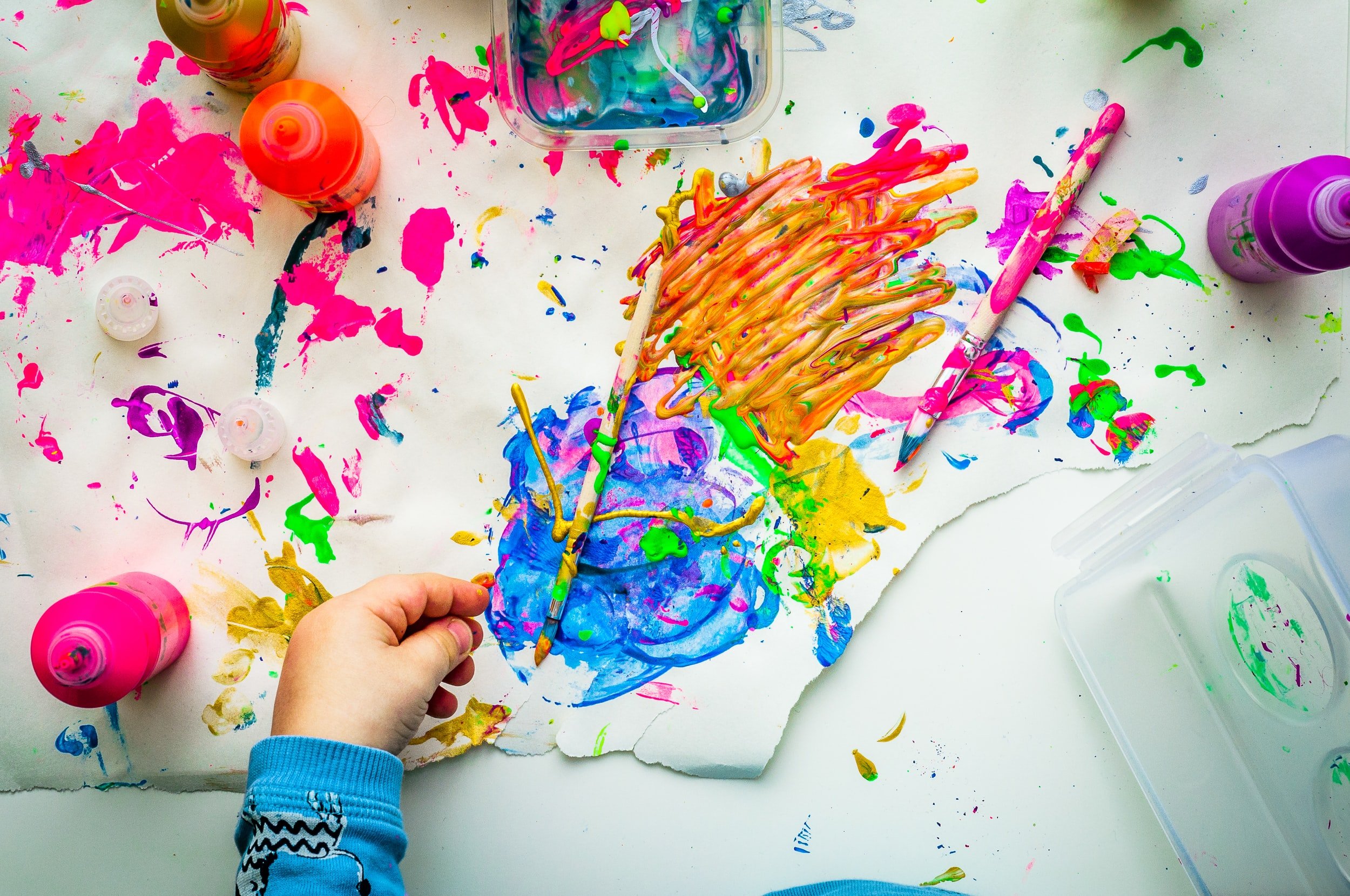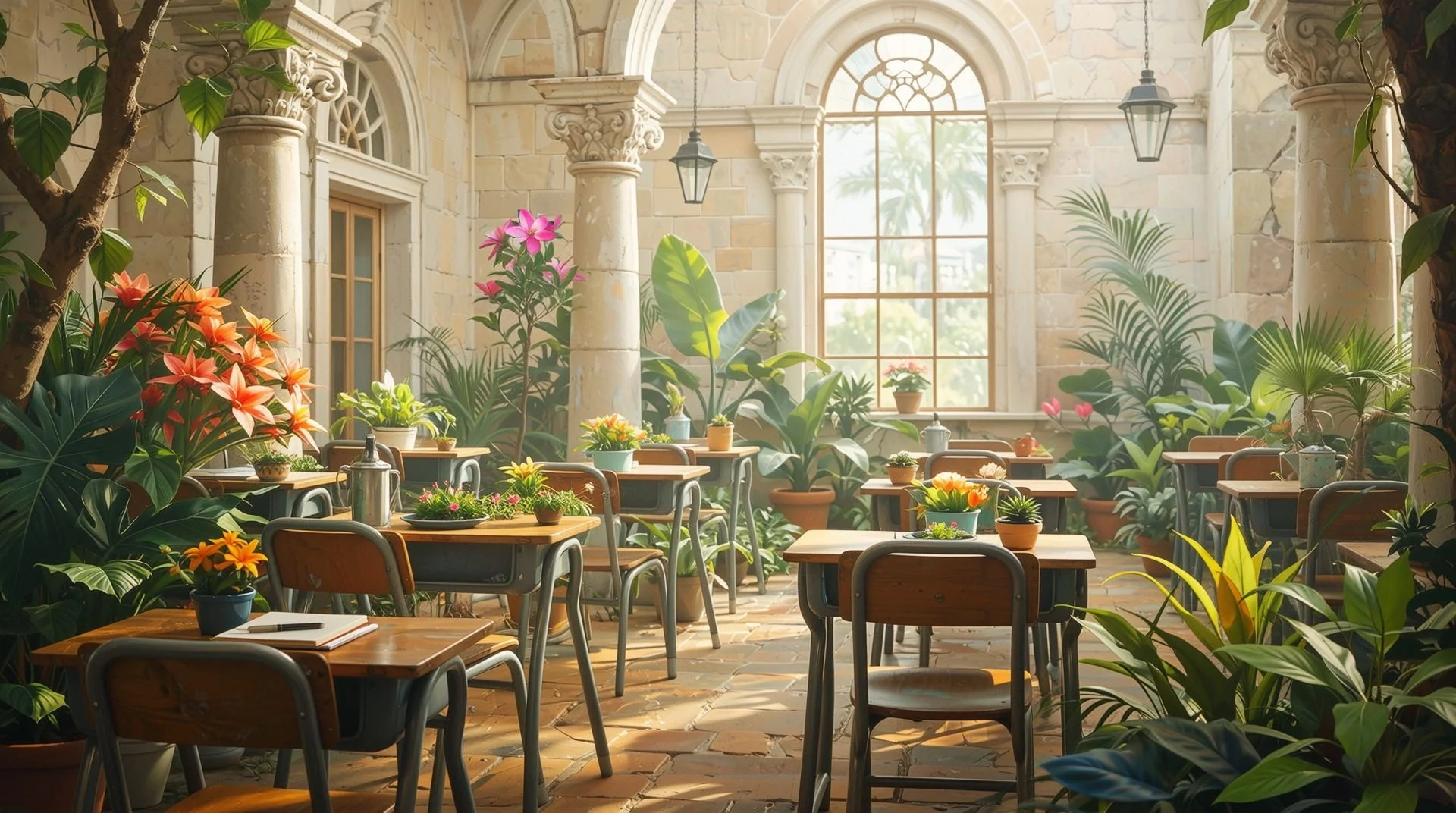Cultivating Creativity in Children: Best Practices for Parents
Fostering creativity in your children isn’t about raising the next Pablo Picasso or Georgia O'Keeffe: It's about giving your little ones the freedom to use their imaginations and express themselves through painting, sculpting, drawing, storytelling, and music. It’s also about helping your kids to develop physically, mentally, emotionally, and socially.
There are so many lifelong benefits of cultivating creativity in kids, especially young children. Check out the following ideas from Stream Semester to learn how to set up a creative space at home, choose the right tools for your child’s art projects, and introduce your child to drawing, painting, sculpting, and other creative activities.
Set Up a Creative Space for Your Kiddos
If you don’t already have a designated space at home for your children to draw, sculpt, paint, or play dress-up, creating one is the first step toward fostering creativity in your little ones. As a few options, you could:
Set up a space in a spare bedroom, home classroom, or playroom.
Place a drawing table against an unused wall in your home.
Purchase an art caddy or cart that can be filled with paper, crayons, and colored pencils; dress-up materials; and creative toys like hand puppets and Legos.
Set up a performing arts studio or music room if your child is interested in dancing, acting, singing, or playing a musical instrument.
Place an easel against an unused corner in your child’s bedroom.
Fill an empty wall space with a chalkboard or whiteboard.
If you’re short on living space, another option is to move into a larger home or apartment that has a spare room for your child’s art activities. Start by searching for apartments near Denver, CO that fit your monthly budget, desired square footage, and home layout — or hire a real estate agent if you’re interested in buying a home.
Provide Your Little Ones With Access to Different Tools
In addition to setting up a designated space for your children to express themselves creatively, it’s important to provide your little ones with the freedom to experiment with different types of tools and activities. Present your kids with art supplies such as plain and colored paper, washable markers and paints, modeling clay, glue, tissue paper, tape, felt, buttons, and beads. Let your kiddos play around with various types of art supplies and techniques, without telling them what to create and how to go about doing it.
To introduce your children to musical instruments, provide them with everyday objects like pots and pans, wooden spoons, and bubble wrap, and let them create their own sounds. Your kids can even construct their own musical instruments out of recycled tin cans, paper plates, and empty paper towel rolls.
Use Technology to Inspire Creativity
Certain apps can also be used to inspire creativity in kids, including those such as the Cat in the Hat Builds That, Sago Mini Big City, and Stop, Breathe & Think Kids. And while technology can have a positive effect on your child’s learning, development, and creativity, it’s important to limit your little one’s screen time to ensure he or she has plenty of time for other activities such as painting, drawing, sculpting, or playing outside.
Ask Follow-Up Questions
Whenever your little one creates something — whether it’s music, art, or a story — remember to ask a few follow-up questions about your child’s creative process. Why did your child choose the colors he did? What did he like or dislike about the activity? How does he feel about the completed piece? What does he want to try next?
The Bottom Line
Not everyone grows up with an interest in drawing, painting, sculpting, dancing, performing, or making music, but fostering creativity early on in your child’s life will help him or her to build confidence, solve problems, and think outside of the box. Keep these best practices in mind and you might just raise an artist!
Meet the Author, Cody McBride
Cody McBride's love for computers stems from high school when he built his own computer. Today he is a trained IT technician and knows how the inner workings of computers can be confusing to most. He is the creator of TechDeck.info where he offers easy-to-understand tech-related advice and troubleshooting tips.









As summer winds down, the familiar rhythm of a new school year approaches. For educators like James Peach, the weeks leading up to students' return aren't just about shuffling papers; they're a strategic dance of preparation, aiming to ignite inspiration and cultivate self-sufficiency.